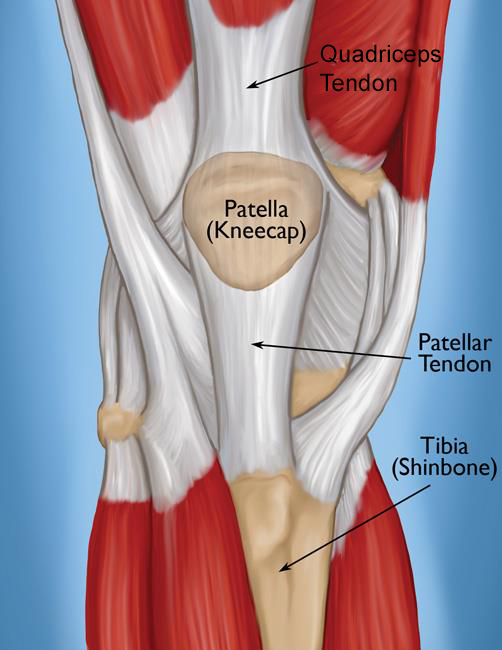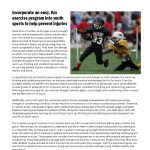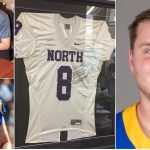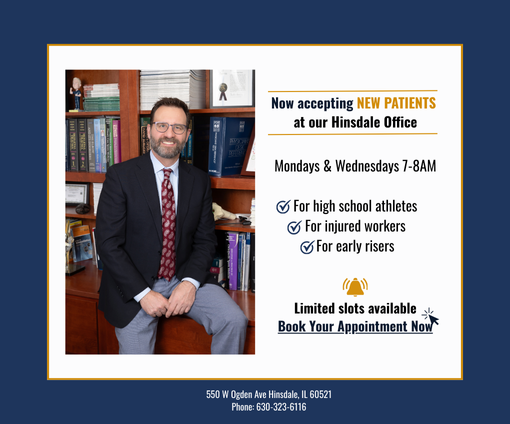
Chicago White Sox can’t “catch” a break with latest Grandal torn knee tendon injury
The 2021 season will be one White Sox Manager Tony La Russa, the team and the medical staff will talk about for years to come. Leading the league at the midway point, the White Sox have lost another starter, catcher Yasmani Grandal to a torn tendon in his left knee. Grandal suffered the tear while batting when he checked his swing at the same time he planted his left heal and twisted his knee. He immediately was unable to put weight on his knee and eventually was helped off the field. According to La Russa, it was first thought Grandal strained his knee and he was put on the ten day disabled list. However, further examination revealed he suffered a tendon tear and required surgery the next day. The White Sox said Grandal will be back before the end of the season.
Dr. Steven Chudik, orthopaedic knee, shoulder and sports medicine surgeon with the Shoulder, Knee & Sports Medicine clinic in Westmont and Western Springs, Ill., did not treat Grandal but can provide insight into the injury and recovery.
Because the White Sox have not disclosed which knee tendon Grandal tore, Dr. Chudik suggests it could be one of two—the quadriceps tendon or the patellar tendon. Both affect how the knee functions.
The patellar tendon runs from the patella (kneecap) to the tibia (shinbone) to attach the distal (end) of the quadriceps muscle to the tibia (lower leg bone). When the patellar tendon is injured, there is loss of continuity between the quadriceps muscles (which straighten the knee) and move the tibia (lower leg bone). Therefore, when someone suffers a complete rupture of the patellar tendon, they are unable to straighten their knee, or walk normally without the knee giving out.
The quadriceps muscles attach to the patella (kneecap) by the quadriceps tendon. When the quadriceps tendon is injured, there is loss of continuity between the quadriceps muscles and the patella resulting in a loss of quadriceps muscle function. The quadriceps muscles straighten the knee or slow the knee during bending or squatting. This means that if someone suffers a complete rupture of the tendon, they will be unable to fully straighten their knee or walk normally without the knee giving out.
According to Dr. Chudik, the patellar tendon and the quadriceps tendon are usually torn in the same way with a sudden, violent contraction of the quadriceps (over-activity) such as with jumping, hurdling, or starting a sprint. Repairing the torn tendon back to the patella is necessary to walk normally and perform other daily activities.
Regardless of tendon Grandal tore, the goal of his surgery was to repair the torn tendon back to the patella through a limited incision just over the kneecap to restore normal knee mechanics. Most surgeons use strong sutures passed through tiny tunnels in the patella (kneecap) to reconnect and hold the tendon in place. The repair is protected by keeping the knee straight and locked in a brace for six weeks to allow for healing.
Physical therapy will start immediately to help prevent the knee from becoming stiff and muscles weaker. Walking can be done immediately following surgery provided the knee locked straight in the brace. Return to unassisted walking and regular daily activities is allowed once the brace is opened so the knee can bend, usually around six weeks after surgery.
Dr. Chudik explained standard protocol would be that Grandal could start running about three months postoperatively and return to playing baseball possibly four to six months after surgery. Based on this time table, a return to the game this season may not be feasible for Grandal.









